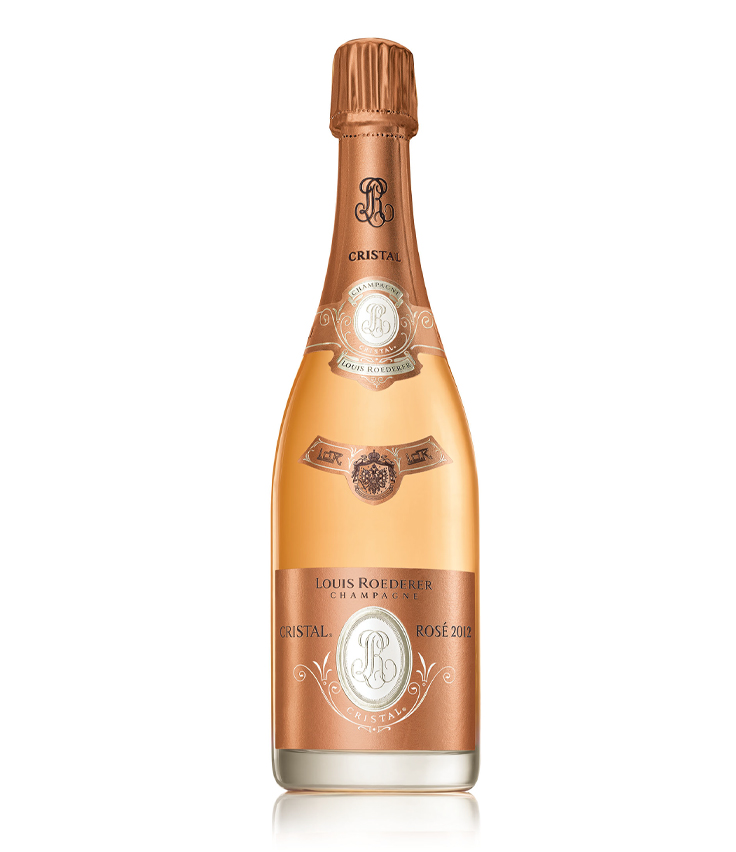Description
About the House of Louis Roederer: When he inherited the Champagne House in 1833, the aesthete and entrepreneur Louis Roederer took a visionary approach to enriching his vines, aiming to master every stage of the wine’s creation. He forged the wine’s unique style, character, and taste. In the mid-nineteenth century, Louis Roederer acquired some of Champagne’s grand cru vineyards—an approach that contrasted sharply with contemporary practices..
While other Houses bought their grapes, Louis Roederer nurtured his vineyards, familiarized himself with the specific characteristics of each parcel, and methodically acquired the finest land. Louis Roederer’s guiding principle was that all great wine depends on the quality of the soil, a passion for tradition, and an astute vision of the future; the fame and reputation of the House of Louis Roederer was firmly established. His heir, Louis Roederer II was equally enlightened and adopted his father’s conscientious approach to the production of champagne, patrimonial estate management, and instinctive audacity.
He also drew inspiration from the many books and drawings he collected with great discernment. In the 1870s, the Louis Roederer Champagne House began to export its wines to the United States, and even to Tsar Alexander II of Russia.
A man of great taste and an inveterate researcher, Louis Roederer II fashioned an exclusive champagne for the Tsar and launched a novel concept: the very first Cuvée de Prestige. It was created in 1876 and named ‘Cristal’. Ever since, the subtleness and elegance of Cristal have forged Louis Roederer’s reputation for excellence.
Vinification: 2012 was one of the most challenging and complicated years ever experienced in Champagne. However, difficult conditions lead to great things…the low yields due to the unpredictable weather, combined with continental conditions towards the end of the season, gave unusual levels of maturity, resulting in rich, full bodied and structured wines worthy of the greatest vintages in Champagne.
Over the years Louis Roederer has developed a unique technique for the production of its Rosé Champagnes. This process, referred to by Roederer as the ‘infusion’ technique, allows Roederer to bring out the juicy, ripe character of the Pinot Noirs whilst preserving their exceptional freshness. A small amount of Chardonnay juice is added to the Pinot Noir maceration which then ferment together. The dosage is 8g/l.
Description: Remarkably elegant, complex and elegant. The nose exudes delicate, zesty, fresh and precise notes of citrus peel, forest fruit, mandarin and raspberry which elves towards roasted notes and almonds before giving way to fresh, herbal aromas of verbena and bergamot.
Additional information
| Country |
|---|
Related products
Champagne and Sparkling
Castillo de Perelada, Stars Organic Brut Cava “Touch of Rosé”, Penedes, Spain
Champagne and Sparkling
Castillo de Perelada, Stars Brut Reserva Cava, Penedes, Spain
Christmas Wines
Christmas Wines
Champagne and Sparkling
Casa di Malia, Organic Prosecco Frizzante, Veneto DOC, Italy
Champagne and Sparkling
Celler 9+, Mèdol Selecció Garnatxa Ancestral Pet Nat, Tarragona, Spain









